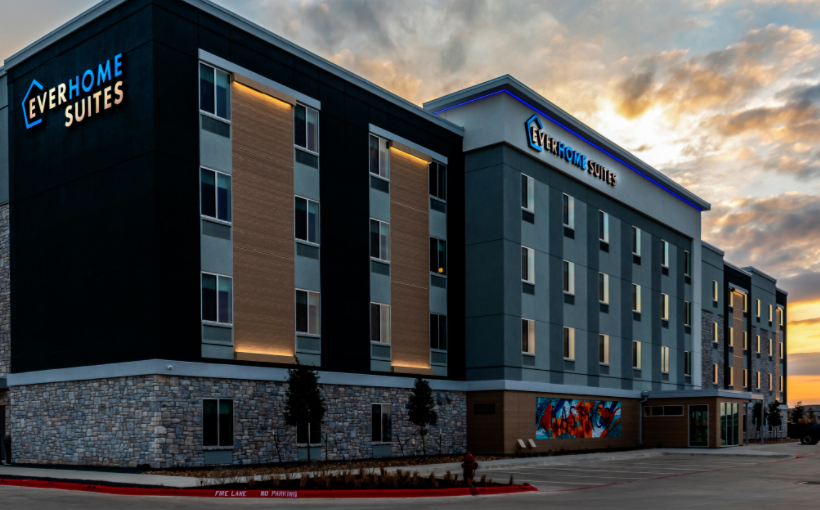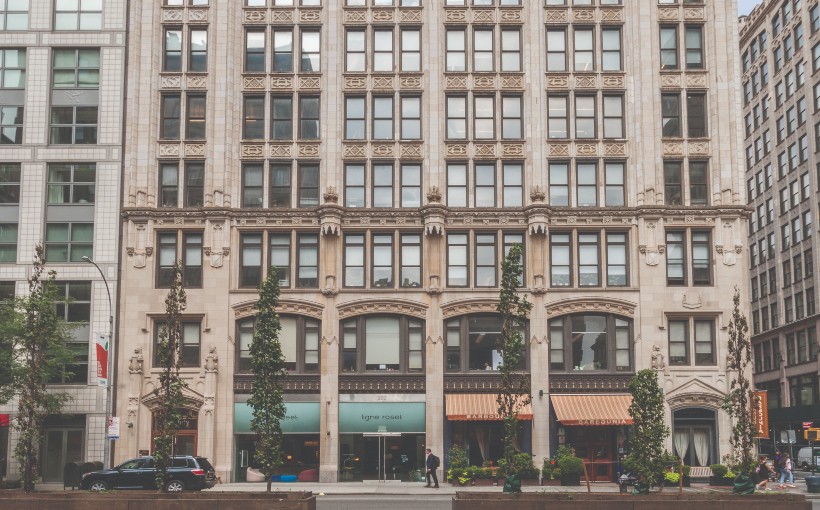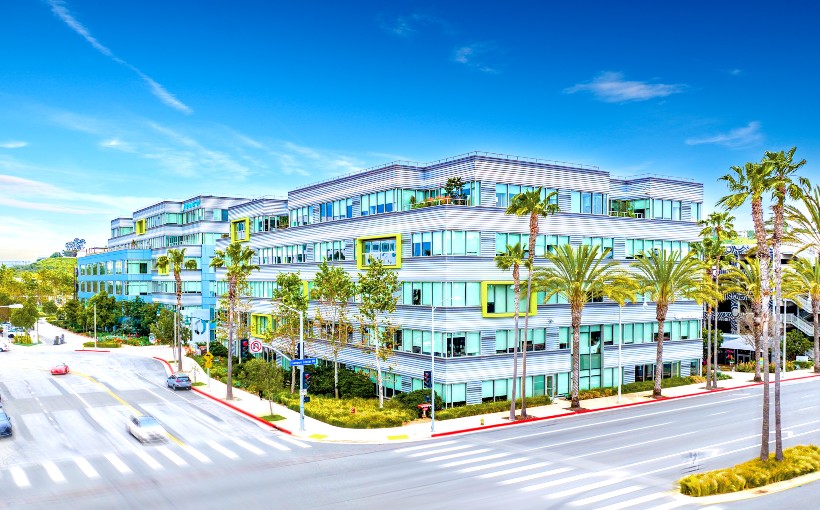Healthcare real estate development has undergone significant changes and challenges in recent years, with the pandemic amplifying its effects. At a upcoming industry event, experts including Meridian CEO Mike Conn will share insights on healthcare real estate development in a panel discussion titled “Not Your Father’s Healthcare Project.” In anticipation of this discussion, Connect CRE asked Conn for his thoughts on the current state of healthcare real estate.
Q: How has construction cost increases affected healthcare real estate compared to other types of properties?
A: Like many other sectors, healthcare real estate is not immune to rising construction costs. We continue to see annual escalation and labor shortages in medical projects. Currently, we are projecting an escalation rate of 0.5% per month in our project proformas as a starting point assumption when evaluating potential deals. While it varies by market, it appears that unforeseen escalations upwards of 15-20% are no longer common due to calmer supply chain disruptions. However, there are still issues with electrical equipment and air handling units causing delays despite proactive measures taken by developers.
Q: There has been a trend towards consumer-friendly rather than hospital-centric facilities – what design challenges does this present?
A: Major healthcare systems have increasingly adopted an ambulatory outpatient strategy that places facilities within communities for convenience purposes instead of traditional hospital settings.This shift allows for lower acuity services at more affordable costs within medical office buildings (MOBs). With remote work becoming more prevalent during the pandemic era , there is also potential for converting under-utilized or vacant buildings into MOBs at faster speeds and lower costs.
Q: Are we seeing more adaptive reuse projects converting offices into MOB space? Is this process as costly as ground-up development?
A : Yes , repurposing existing structures into MOBs will continue being popular . Many empty general office or retail spaces can be converted affordably due their prime locations . While conversion may cost just as much as ground-up development, the speed to market often makes it a more attractive option for healthcare systems. However, thorough due diligence and destructive testing are necessary to mitigate risks associated with utilities and functional deficiencies.
Q: Did the pandemic have any lasting impacts on healthcare facility design?
A: The pandemic did not significantly alter MOB design . As our population ages , there is an increasing need for more MOBs and medical professionals. However , hospitals may need to reconsider their designs in light of airborne transmission concerns . This could mean incorporating flexible HVAC systems that allow for positive air pressure control, increased air changes per hour, and zoning options. Additionally , having multipurpose spaces within hospitals becomes crucial when accommodating various services during a crisis.
Connect Orange County will be held concurrently with Connect Healthcare Real Estate on September 27-28 at VEA | Newport Beach Marriott in Newport Beach. Register here for Connect Orange County or here for Connect Healthcare Real Estate.




